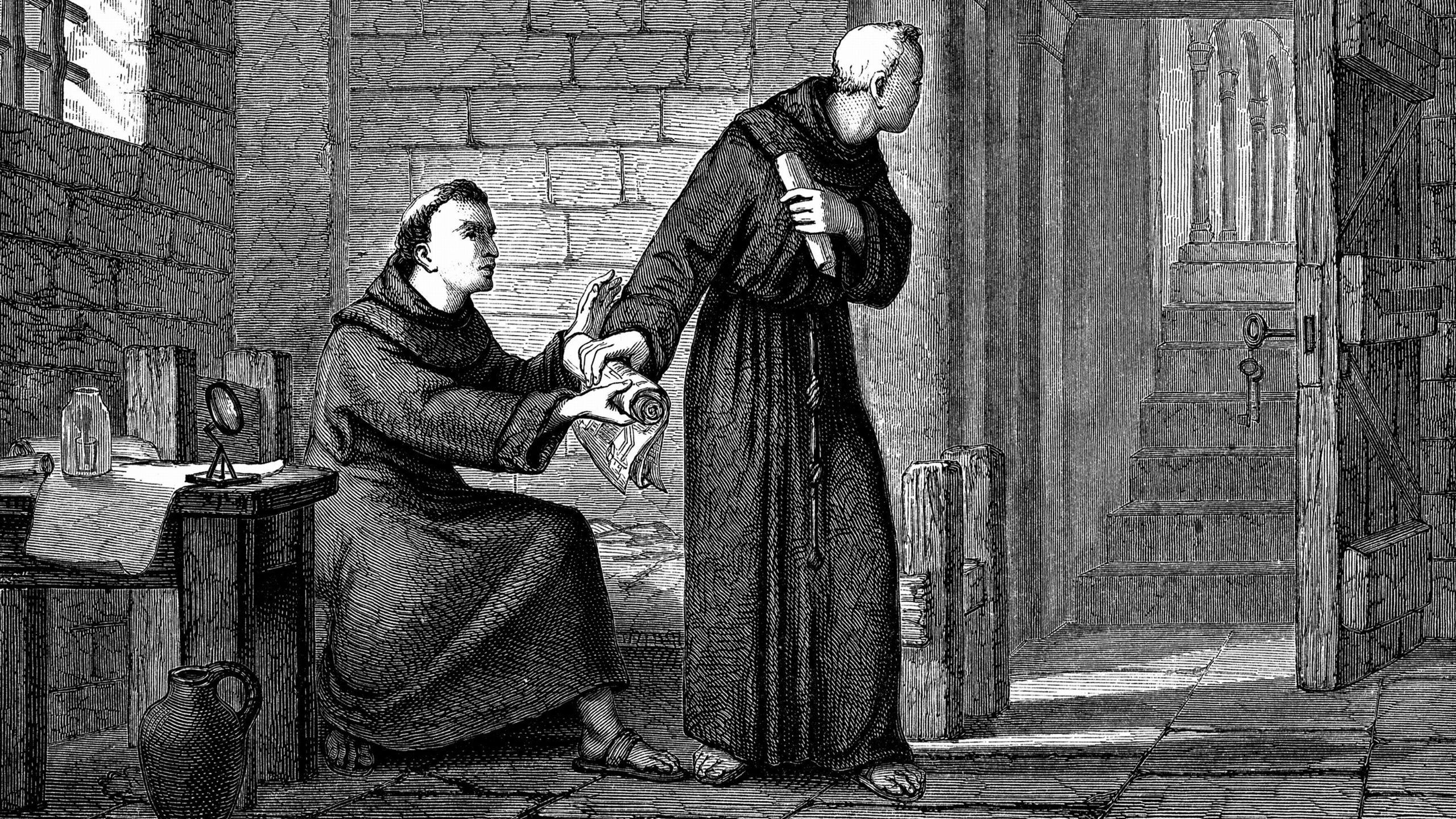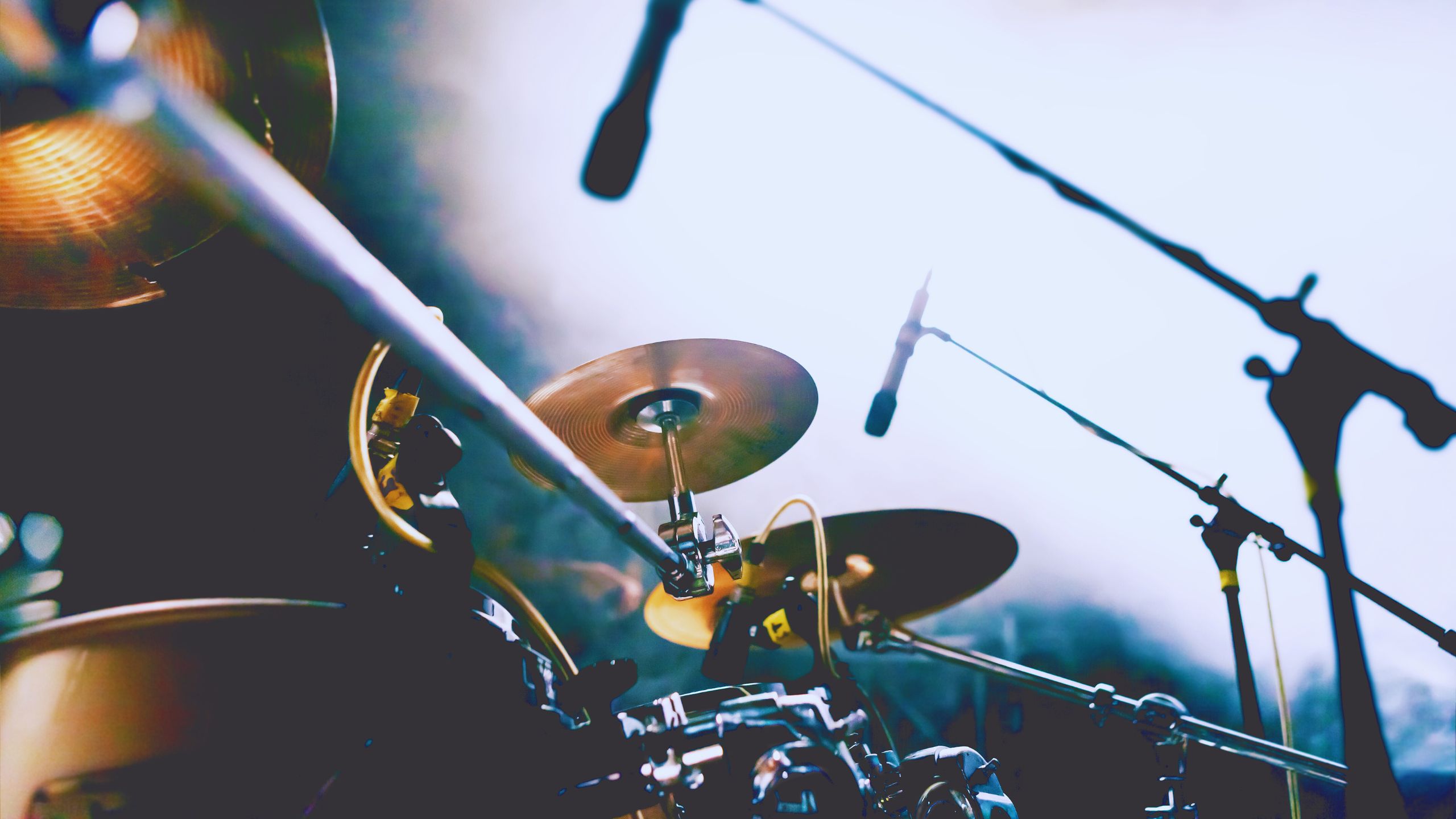Secrets of Rome: A Visit to the Museum of Skeletons on Via Veneto
Among the wonders of Rome’s ancient art and history, there is a place where the sacred and the mysterious intertwine: the Museum and Crypt of the Capuchin Friars on Via Veneto. This crypt, which holds the remains of thousands of Capuchin friars, is a testament to Baroque spirituality and aesthetics, offering a one-of-a-kind experience. The combination of the museum and the underground chapels makes this place a fascinating destination, an irresistible attraction for those who seek to discover the hidden side of the Eternal City.
Origins of the Museum and the Capuchin Crypt
The Capuchin Crypt lies beneath the Church of Santa Maria della Concezione dei Cappuccini, built in 1626 at the request of Cardinal Antonio Barberini, brother of Pope Urban VIII. A Capuchin friar himself, Cardinal Barberini wanted a church that embodied the order’s values of humility and poverty. He insisted that the bones of deceased friars be transferred from their former cemetery and preserved in the crypt, artistically arranged in various chapels.
Initially inspired by medieval customs, this practice evolved in the Baroque period as an act of devotion and meditation on mortality. The bones, carefully arranged in elaborate decorative patterns, symbolize the transient nature of life, delivering a message to all who visit: death is not an end, but a step in a spiritual journey that continues into the hereafter.
A Unique Attraction for Tourists and Art Lovers
The Museum and Capuchin Crypt attract visitors from around the world, both for their uniqueness and for the spiritual message they convey. This place manages to merge art, faith, and history in a visually powerful experience. This is why it has become a destination for those seeking a lesser-known, reflective side of Rome, far from classic tourist attractions like the Colosseum or the Vatican Museums. More than a display of bones and skulls, this crypt is a true work of art, a unique piece of Roman Baroque history.
The visit to the Museum and Capuchin Crypt unfolds in multiple stages, each offering unique elements and messages:
Capuchin Museum: The first part of the tour introduces visitors to the history of the Capuchin Order, illustrating its role in Roman and Italian society. This section of the museum showcases sacred art, relics, and liturgical objects that reflect the life and spirituality of the friars. Among the most remarkable pieces is a painting attributed to Caravaggio, Saint Francis in Meditation, a profound work that portrays the saint in a reflective moment. Other frescoes and sculptures depict scenes from the lives of Capuchin saints, highlighting their role in the society of the time.
The Skeleton Crypt: The crypt itself lies just beneath the church and is divided into six chapels, each decorated with the bones of over 4,000 Capuchin friars. The bone decorations form geometric patterns, ornaments, and even chandeliers, creating an extraordinary atmosphere. Among the most famous chapels:
- Chapel of the Skulls: Here, the skulls of the friars are arranged in compositions that evoke the concept of “memento mori,” or "remember you must die," an invitation to live life consciously and virtuously.
- Chapel of the Pelvises: The walls and ceiling are decorated with femurs and shoulder blades, creating an environment that invites contemplation and reflection.
- Chapel of the Three Skeletons: Here, three intact skeletons dressed in traditional Capuchin robes stand prominently. In the center of this chapel is an inscription reading, "What you are now, we once were; what we are now, you shall be," a stark and direct reminder of life’s transient nature.
Beyond its visual complexity, the crypt is famous for its symbolic messages. Inscriptions on the walls, like “You will be what we are now,” encourage visitors to reflect on the fragility of existence and the importance of living mindfully. Each chapel uses bones as decorative elements that reflect not only Baroque aesthetics but also the intent to leave an indelible impression on visitors, inviting them to reflect on life and mortality.
Practical Information for Visiting the Museum
The Museum and Crypt of the Capuchin Friars is located at Via Vittorio Veneto 27, one of Rome’s most famous streets, known for its history and elegant cafes. The crypt is open almost every day, but opening hours may vary, so checking the official website is recommended. A small entrance fee is requested, which helps support the museum and funds the charitable works of the Capuchin Order. The ticket includes access to both the museum and the crypt.
Visitors are encouraged to wear respectful attire, as the site is considered sacred. Guided tours are also available, offering an in-depth explanation of the history and symbolism of the location.
For those staying in Rome and looking to explore the city’s more intimate, reflective sides, the Museum and Crypt of the Capuchin Friars are an essential stop. It’s an opportunity to see Rome with new eyes and discover that, beyond its ruins and churches, the city offers paths that speak directly to the heart and soul. Book your stay in Rome and prepare for a visit to one of the most mysterious and fascinating sites in the Eternal City!




